Notocelia uddmanniana
(Linnaeus, 1758)
-
 Subfamily: Olethreutinae, Eucosmini
Subfamily: Olethreutinae, Eucosmini -
 Wingspan: 14-20 mm
Wingspan: 14-20 mm -
 Flight period: Jun - Aug
Flight period: Jun - Aug -
 Spread: Common
Spread: Common -
 Host plants: Rubus sp.
Host plants: Rubus sp.
Information
The Notocelia uddmanniana also called Bramble Shoot Moth is a moth of the Tortricidae family with a wingspan of 15-20 mm.
It is widespread in Western Europe with the exception of Portugal, Croatia, Ukraine, Bulgaria and Cyprus *.
It is also present in North Africa, the Caucasus, Trans-Caucasian and Trans-Urals areas, Kazakhstan, Tajikistan, Asia Minor, Iran and China (Guizhou, Tibet) ***
In Italy it is also present in the islands *.
The front wings of Notocelia uddmanniana have an ocher-white background color, heavily suffused with ocher-gray; poorly defined markings,
except for a large and showy rounded triangle, in the pretornal zone (between median and subapical) red-brown or chocolate brown,
marking that is subtly bordered with a whitish background color.
The median band moderately developed, sometimes there is a hint of black in the ocellar area; ocher-white fringes, suffused with reddish brown,
around the apex and along the edge. ****
The hind wings are light gray, fringed. **
Sexual dimorphism is not evident. Adult moths are visible from late June to early August.
The eggs are laid singly on the leaves near the tips of the host plants. Each female lays up to 300 eggs. The eggs hatch in about two weeks
and the young larvae immediately invade the shoots.
Each larva (usually no more than one per branch) weaves the two halves of a leaf together, leaving it partially open. After about three weeks each larva spins a hard cocoon
on the lower half of the plant, between a base leaf and a branch.
Here, most of the individuals hibernate and go into hibernation before the end of August.
The activity resumes towards the end of March or April. The larvae then weave a web on the lateral branches with respect to the fruit trees on the tips of the same, or they dig
directly into the flower buds. The larvae subsequently invade the new shoots and weave bunches of apical leaves together to form their shelters.
Masses of droppings accumulate in the silk threads of larval dwellings, each shelter usually occupied by a single larva. *****
Notocelia uddmanniana larvae tend to migrate towards young vegetative growth after the flowering period. The larvae spend much of their time in the shelter of their shelters, but
they can leave them at night to feed on younger leaves on other branches. The larvae go through five stages and pupate from the end of May onwards,
usually inside the larval dwelling. The adults emerge about three weeks later. *****
The egg has a diameter of 0.65 x 0.5 millimeters; lenticular but a little irregular, varying from oval to circular, translucent white in color, which then darkens in a color pale cream. ******
The larva is 14-15 mm long and is brown in color, with an opaque reddish-brown abdomen; the head is shiny black,
which turns dark brown before pupation; the pupa, 9-11 mm long, is dark reddish brown. **, ******
The host plants are various species of Rubus, preferably wild blackberry, in particular Rubus fruticosus, but also the cultivated raspberry, Rubus idaeus, and Rubus loganobaccus.
* Lepidoptera mundi https://lepidoptera.eu/ - Fauna Europea https://fauna-eu.org/
** Bestimmungshilfe für die in Europa nachgewiesenen Schmetterlingsarten - http://lepiforum.de/
*** A.H. Zhang/H.H.Li 2005 Catalogue of Eucosmini from China - https://gdoremi.altervista.org/documents/Eucosmini_cina.pdf
**** (Kuznetsov, 1987)
***** (Alford, 1984)
****** Eurasian Tortricidae 2.0 - https://eurasian-tortricidae.linnaeus.naturalis.nl

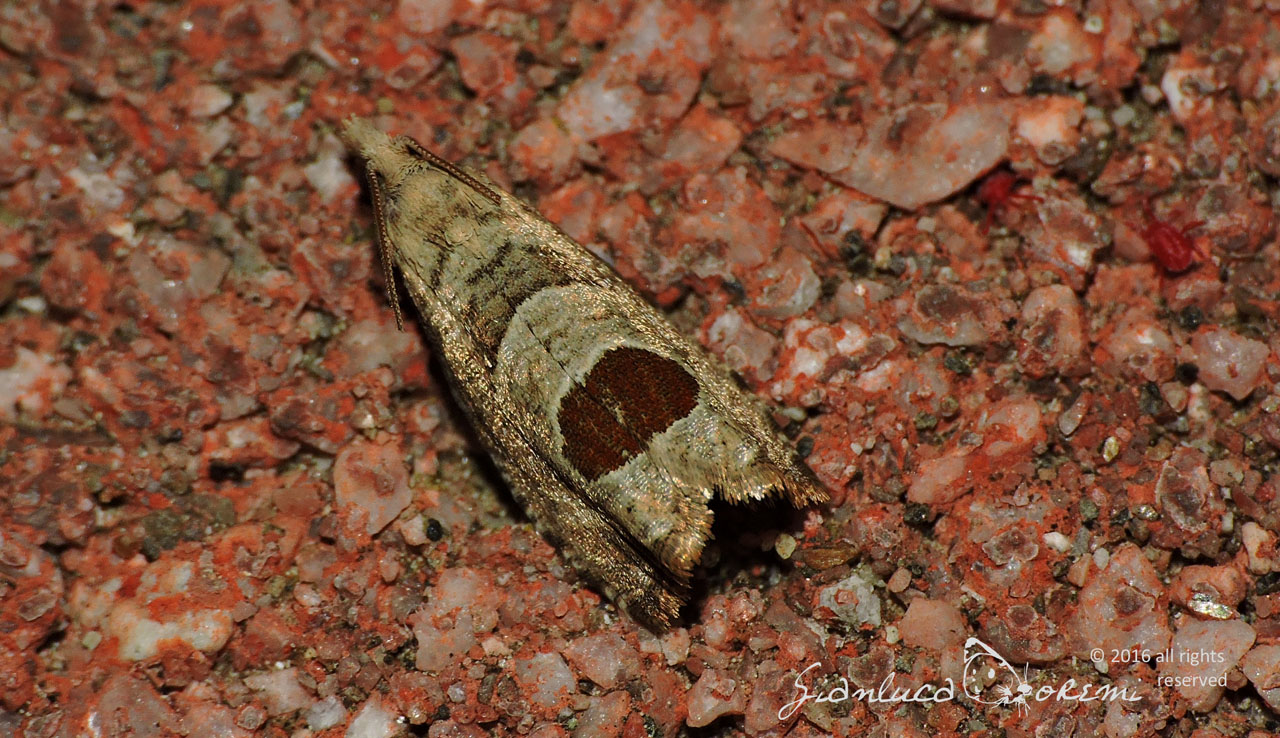
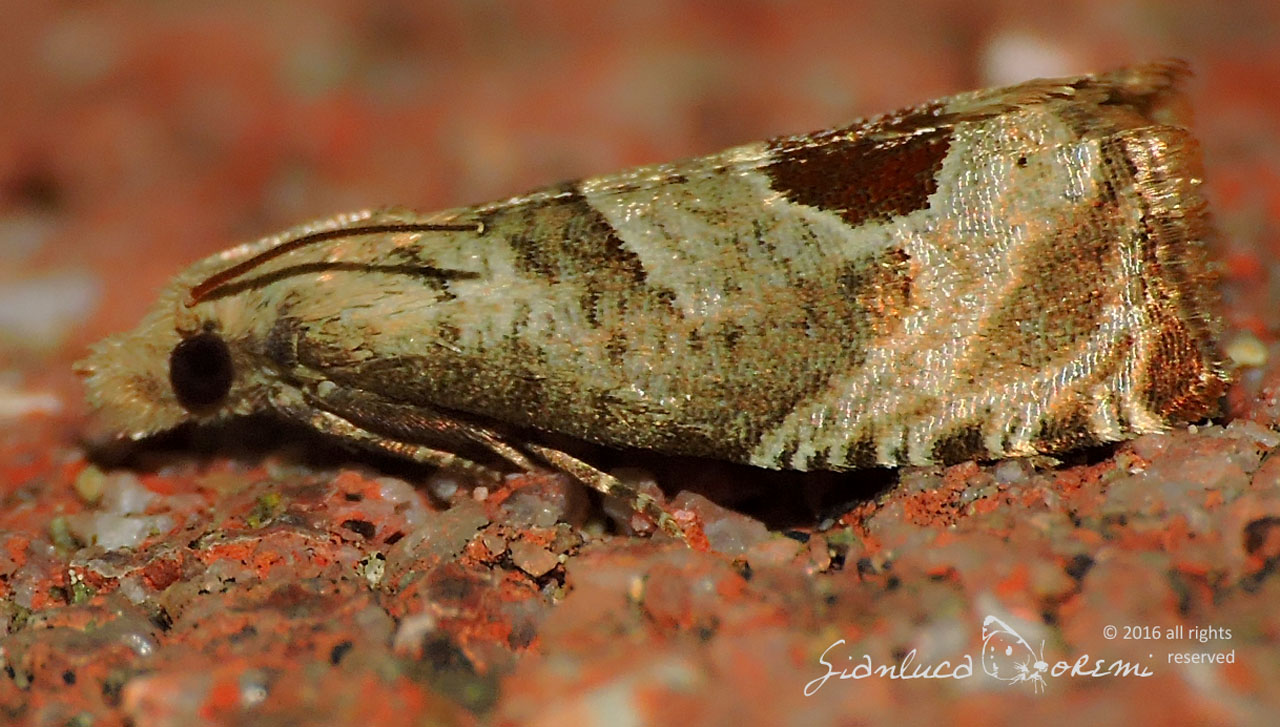
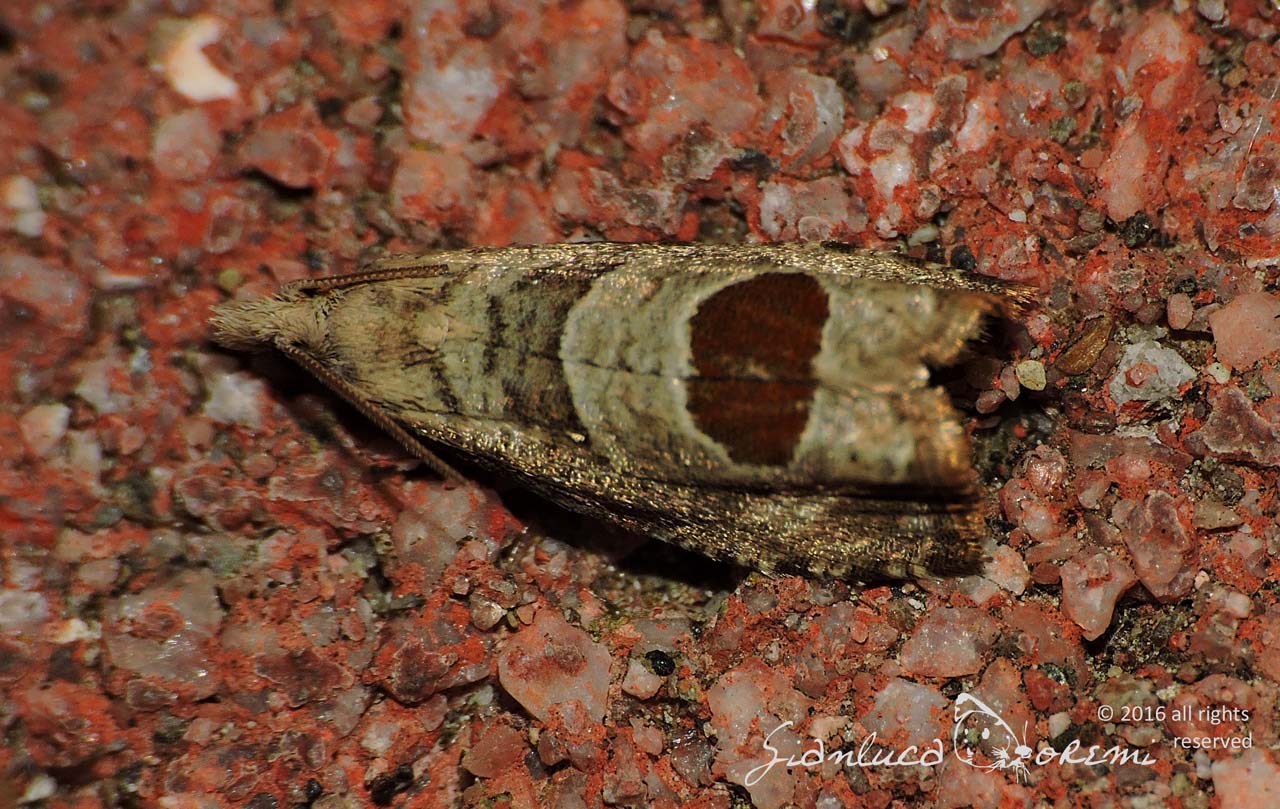
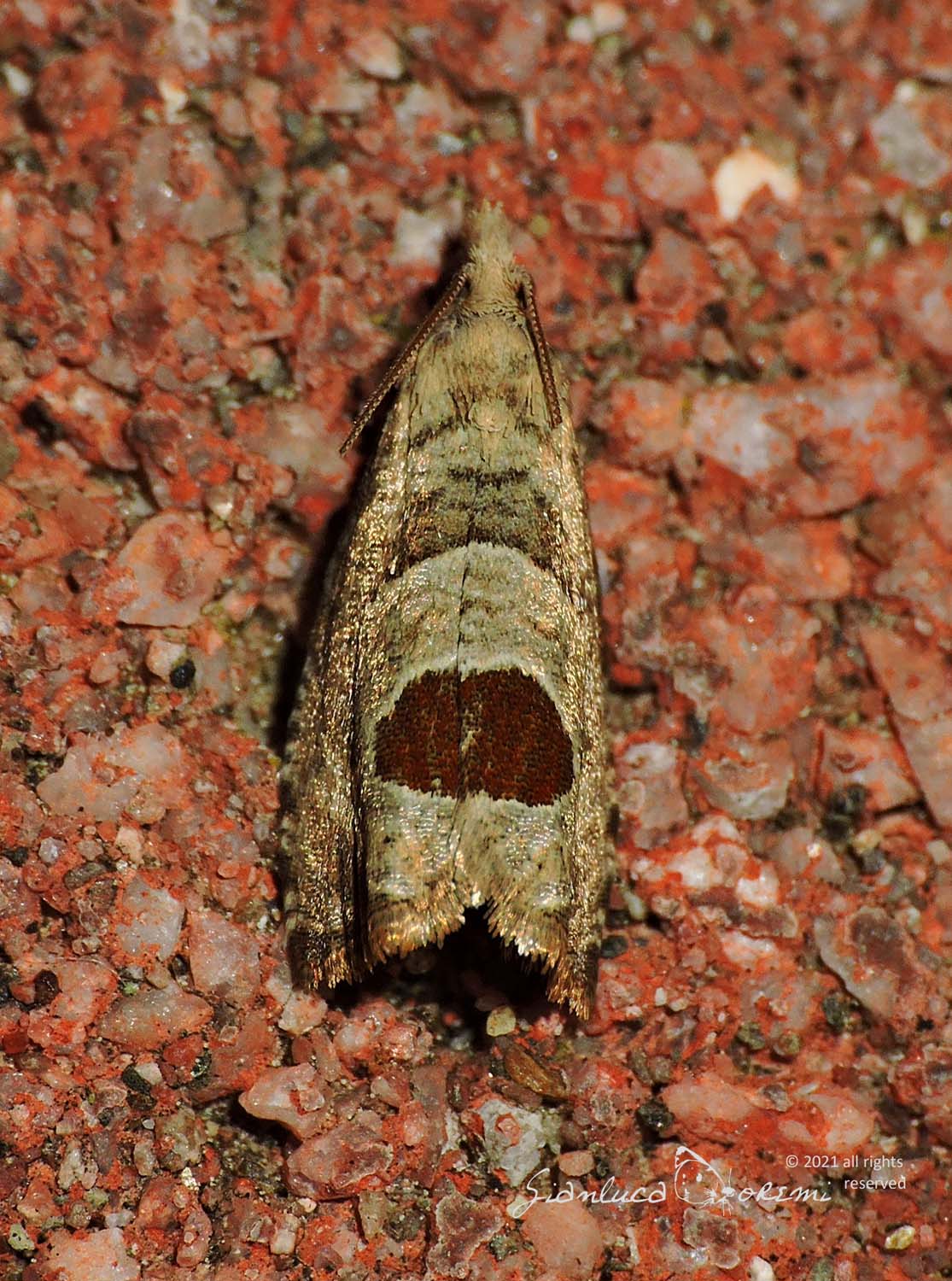
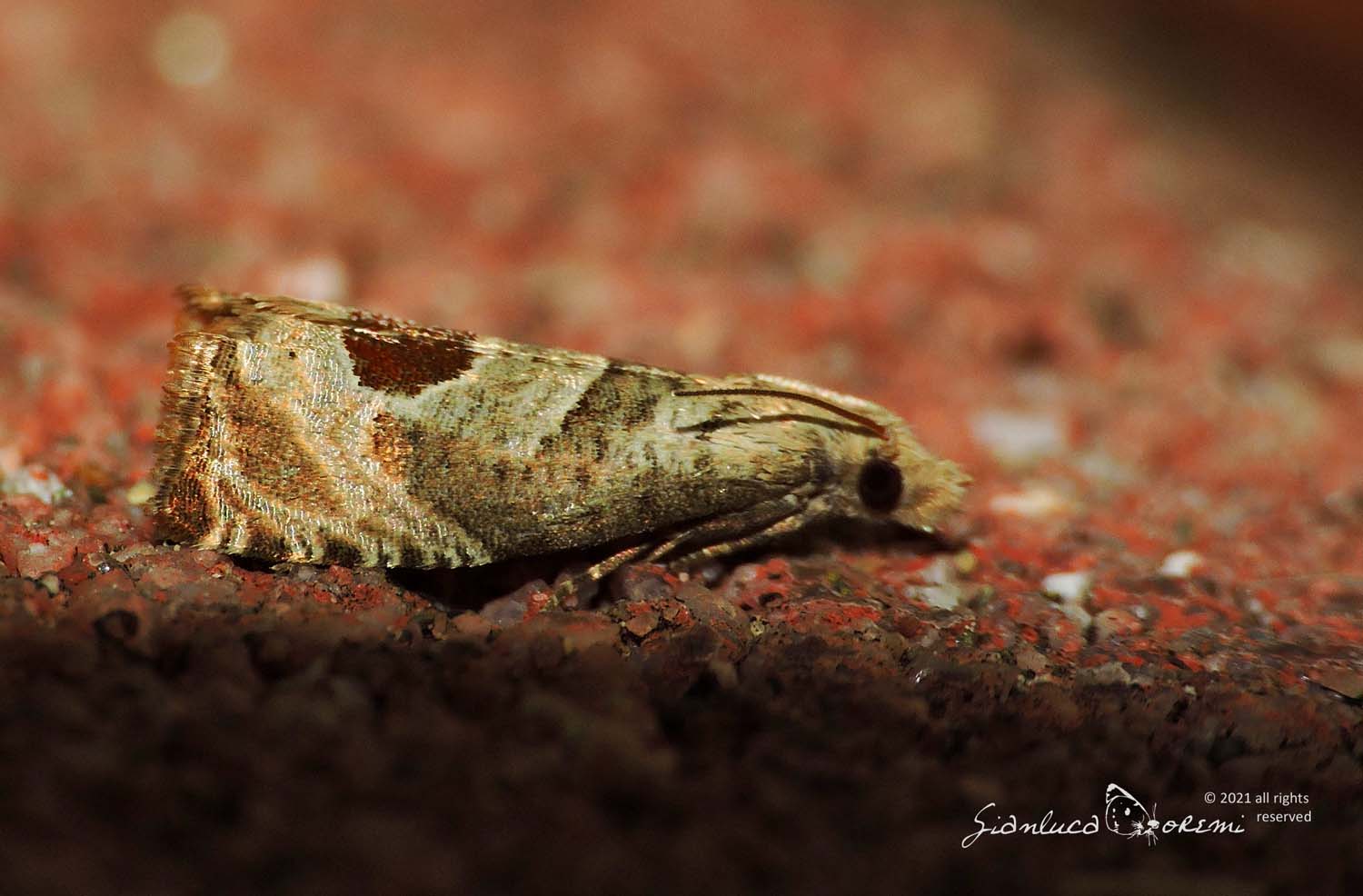
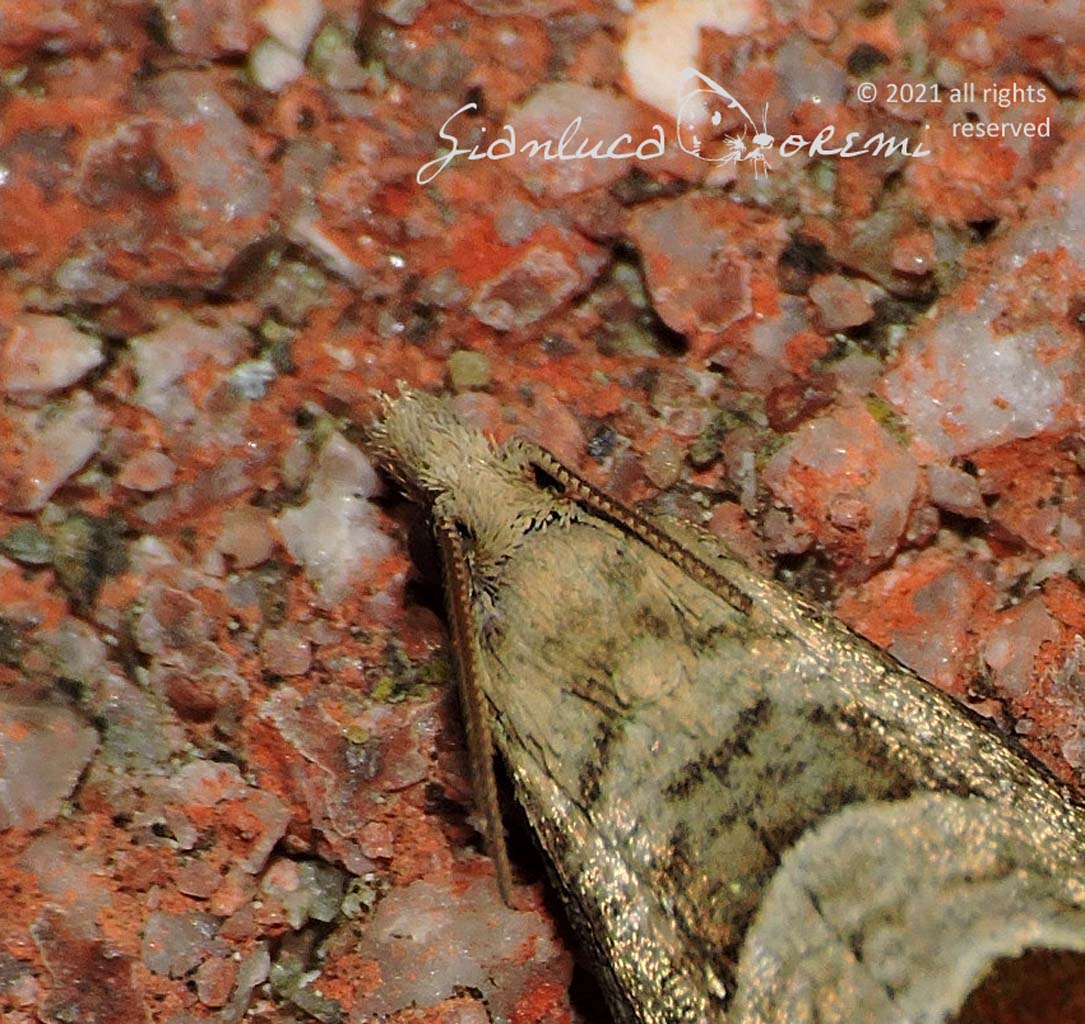
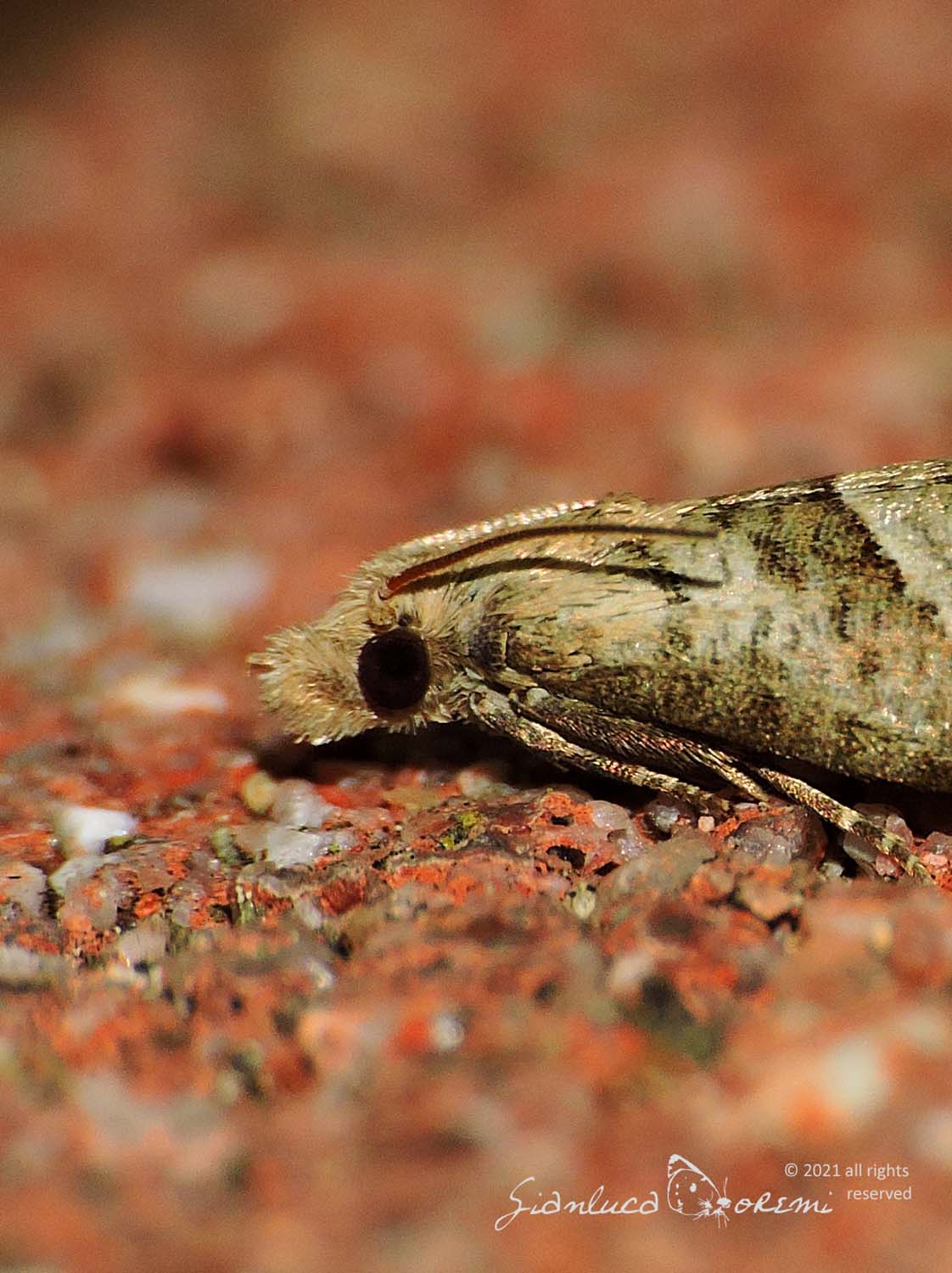

 EN
EN ITA
ITA
Social and publications